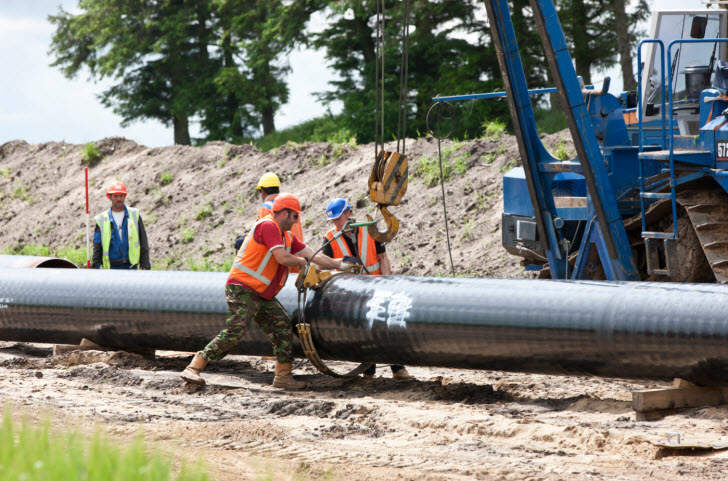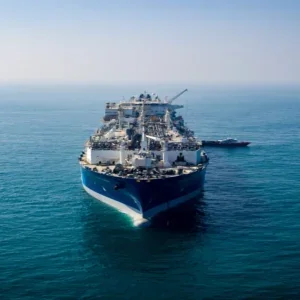
The Baltic Pipe project will supply natural gas sourced from Norway and supply it to Denmark, Poland and other countries in the region. The offshore cum onshore pipeline, which is expected to begin operations in October 2022, will also enable reverse transmission from Poland to Denmark and Sweden.
GAZ-SYSTEM president Tomasz Stępień said: “The project to construct the Baltic Pipe gas pipeline is progressing as planned. We systematically monitor the progress of the works and the implementation of subsequent phases.
“The conclusion of the Investment decisions by GAZ-SYSTEM and Energinet opens a new chapter in our cooperation.”
The Baltic Pipe project comprises five components – an offshore pipeline in the North Sea, an onshore pipeline section in Denmark, a compressor station in the same country, an offshore pipeline in the Baltic Sea, and an onshore pipeline section in Poland.
According to GAZ-SYSTEM and Energinet, dialogue with the concerned landowners and authorities in both Poland and Denmark will continue for the implementation of the Baltic Pipe project.
With the final investment decisions taken by the partners, a construction agreement signed last month has come into force. The construction agreement also regulates the principles of cooperation and responsibilities of the partners for the individual project components up to October 2022.
Prior to the investment decision, Energinet signed an agreement with Norwegian gas transmission system operator GASSCO regarding construction of the tie-in to the Europipe II gas pipeline in Norway and a pipeline to the Danish west coast which will facilitate gas transportation from Norway to Denmark and Poland.
Energinet CEO Thomas Egebo said: “The construction of Baltic Pipe will not only benefit consumers in Poland and Denmark but will also be beneficial to both countries.
“The new gas interconnector will further strengthen and integrate the European gas market. Moreover, Baltic Pipe may contribute to achieving European climate goals.”
According to the partners, the investment decisions on the Baltic Pipe project enables the partners to move on to subsequent works such as tenders for potential contractors of the onshore and offshore pipelines, additional engineering analyses and also the submission of the environmental impact assessment report among others.






